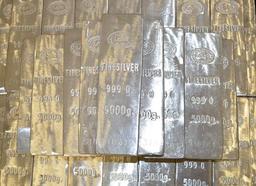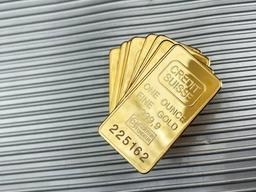Stock Exchange-Traded Fund (ETF)
-
Diversification: - ETFs allow investors to gain exposure to a diverse range of assets, which can help to spread risk and reduce the impact of any individual stock or bond performance. -
Low cost: - ETFs typically have lower expense ratios than actively managed funds, making them a cost-effective way to invest. -
Liquidity: - ETFs are traded on stock exchanges, which means they can be bought and sold throughout the day at market prices, similar to stocks.
-
Equity ETFs: - These ETFs hold a basket of stocks, and they can be focused on specific sectors, such as technology or healthcare, or they can be designed to track a particular market index, such as the S&P 500. -
Bond ETFs: - These ETFs hold a basket of bonds, and they can be focused on specific sectors, such as government bonds or corporate bonds, or they can be designed to track a particular bond index. -
Commodity ETFs: - These ETFs hold a basket of commodities, such as gold or oil, and they are designed to track the performance of a particular commodity or commodity index. -
Inverse ETFs: - These ETFs are designed to move in the opposite direction of a particular index or asset class, they are often used as a hedge against market downturns.





